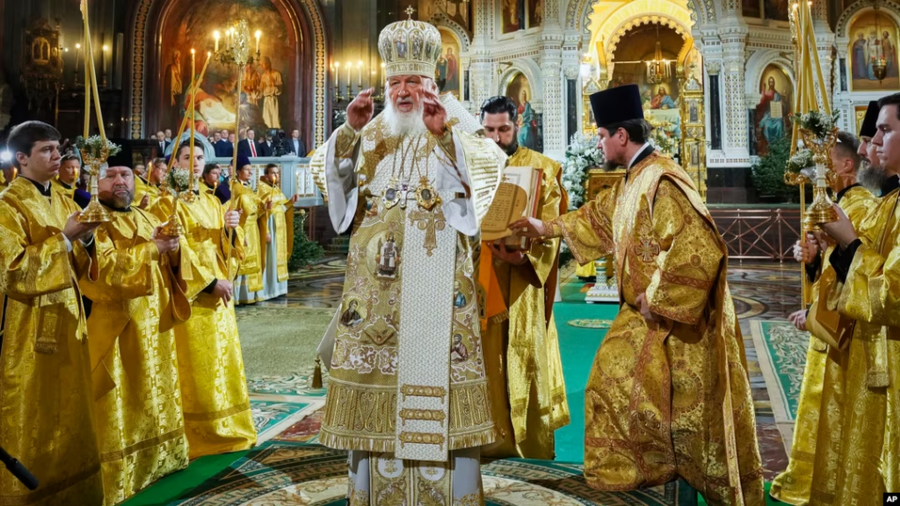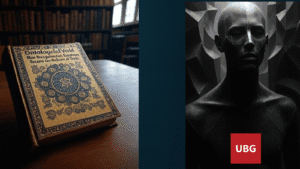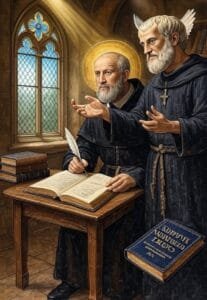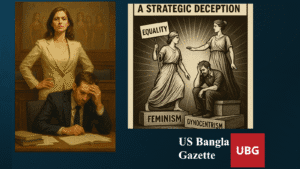The Impact of Leap Years on Christmas Celebrations in Orthodox and Catholic Traditions

Understanding the Calendar Systems
The differences between the Julian and Gregorian calendars stem from historical contexts and astronomical calculations. The Julian calendar, instituted by Julius Caesar in 45 BCE, organized the year into 365 days divided into 12 months, with an additional day added every four years to account for the solar year. However, this system inaccurately calculated the solar year as lasting 365.25 days. This small discrepancy resulted in an annual accumulation of about 11 minutes, leading to a gradual drift in alignment with seasonal events.
As the centuries progressed, this misalignment became increasingly pronounced. By the 16th century, significant discrepancies emerged, affecting the timing of important religious dates. Recognizing this issue, Pope Gregory XIII reformed the calendar in 1582, resulting in the adoption of the Gregorian calendar, which modified leap year rules to better synchronize with the solar year. In this updated system, only years divisible by four are leap years, with the exception of years divisible by 100 unless they are also divisible by 400. This correction effectively reduces the annual drift, realigning the calendar with the equinoxes and solstices.
The transition from the Julian to the Gregorian calendar was not universally accepted at first. Many Orthodox Christian communities continued to use the Julian calendar, leading to a divergence in the observance of religious holidays, including Christmas. While most Western Christian denominations celebrated Christmas on December 25 according to the Gregorian calendar, many Orthodox churches maintained their December 25 according to the Julian calendar, which corresponds to January 7 in the Gregorian system. This divergence in calendar systems has had enduring implications for Christmas celebrations across different Christian traditions.
Christmas in the Catholic Tradition
Christmas, celebrated on December 25th, is a significant event in the Catholic Church, marking the nativity of Jesus Christ. This date, fixed in the Gregorian calendar, is observed worldwide, highlighting its importance to millions of Catholics. The choice of December 25th as Christmas Day is rooted in a long-standing tradition that symbolizes the light of Christ entering a world of darkness. The festivities surrounding this occasion involve various religious and cultural practices that enrich the spiritual atmosphere of the season.
In the context of the Gregorian calendar, leap years add an extra day to February but have no direct impact on the established date of Christmas. The Gregorian calendar, introduced by Pope Gregory XIII in 1582, was specifically designed to align the solar year with the calendar year, ensuring that significant dates, such as Christmas, remain consistently celebrated on the same day. The adjustment of a leap year, which occurs every four years, serves to correct the discrepancies caused by the Earth’s orbit around the sun. While leap years create variations in the calendar year, they do not alter the fixed nature of Christmas, ensuring that the date remains constant regardless of any seasonal shifts.
In addition to the fixed date, leap years can influence the liturgical calendar, affecting the timing of certain celebrations and feasts. For example, the positioning of the Advent season, which precedes Christmas, might be perceived differently in leap years, giving additional context to discussions about the relationship between the seasons and the Church calendar. Understanding the intersection between leap years and Christmas celebrations allows Catholics to appreciate the rhythm of the Church calendar and the enduring significance of Christ’s birth. Through reflection and observance during this holy time, the importance of Christmas remains steadfast in the hearts of the faithful.
Christmas in the Orthodox Tradition
In the Orthodox Christian tradition, Christmas is celebrated on January 7th. This date corresponds to December 25th of the Julian calendar, which was established by Julius Caesar in 46 B.C. The Julian calendar, while widely used in the past, has since been modified by the Gregorian calendar, introduced by Pope Gregory XIII in 1582. The Orthodox Church continued to adhere to the Julian calendar, resulting in a consistent 13-day discrepancy between these two calendars. This unique alignment significantly influences the way Orthodox Christians observe Christmas.
The leap year mechanism in the Julian calendar adds an interesting dynamic to this situation, though it does not alter the 13-day gap. In the Julian calendar, a leap year occurs every four years without exception, which results in the calendar year averaging 365.25 days. While this method maintains a reasonable alignment with the solar year, it gradually causes it to drift relative to the seasons. The Gregorian calendar, however, corrected this drift by implementing a more refined leap year system. As a result, the Julian calendar is currently 13 days behind the Gregorian calendar during the period of December. Therefore, when celebrating Christmas, Orthodox Christians retain their distinct tradition of January 7th, regardless of any leap years affecting the Gregorian calendar.
The implications of this difference are particularly evident during the Christmas season. Churches, families, and communities actively prepare for festivities on January 7th, embracing traditions enriched with religious significance and deep-rooted cultural practices. Services often include hymns, readings, and communal gatherings that encapsulate the essence of Christmas, fostering a deep sense of unity and belonging among participants. The celebration is a vibrant reminder of how historical calendars impact cultural and religious observances, particularly in the context of Orthodox Christmas celebrations.
The 13-Day Gap: Effects on Christmas Celebrations
The enduring 13-day gap between the Gregorian and Julian calendars has significant implications for Christmas celebrations among Orthodox and Catholic Christians. The Gregorian calendar, established by Pope Gregory XIII in 1582, introduced a reform that corrected the drift of the Julian calendar by implementing leap years. However, despite this additional day every four years, the fundamental discrepancy in dates persists due to the divergence of the two calendar systems. Consequently, Catholics commemorate Christmas on December 25th, while Orthodox Christians observe the holiday on January 7th.
This difference not only affects the specific date of the celebrations but also influences various cultural and religious customs associated with Christmas. For instance, in the Catholic tradition, Christmas often involves festivities that begin on Christmas Eve and continue through to New Year’s Day, culminating in the feast of the Epiphany on January 6th. In contrast, Orthodox Christians usually begin their Christmas observance after a lengthy period of fasting known as Advent, leading to a celebration rich in unique customs, rituals, and foods, distinct from their Catholic counterparts.
The gap between the two dates raises awareness of the differing interpretations of one of Christianity’s most revered holidays. Many Orthodox churches relate their traditions back to the ancient Julian calendar, maintaining historical continuity, while Catholic communities embrace the Gregorian reforms as a way of aligning with the modern temporal framework. This divergence showcases not only the complexities of calendrical systems but also the rich tapestry of global Christian practices. The recognition of these distinctions allows for a deeper understanding of how religious traditions adapt and thrive within varying cultural contexts.





